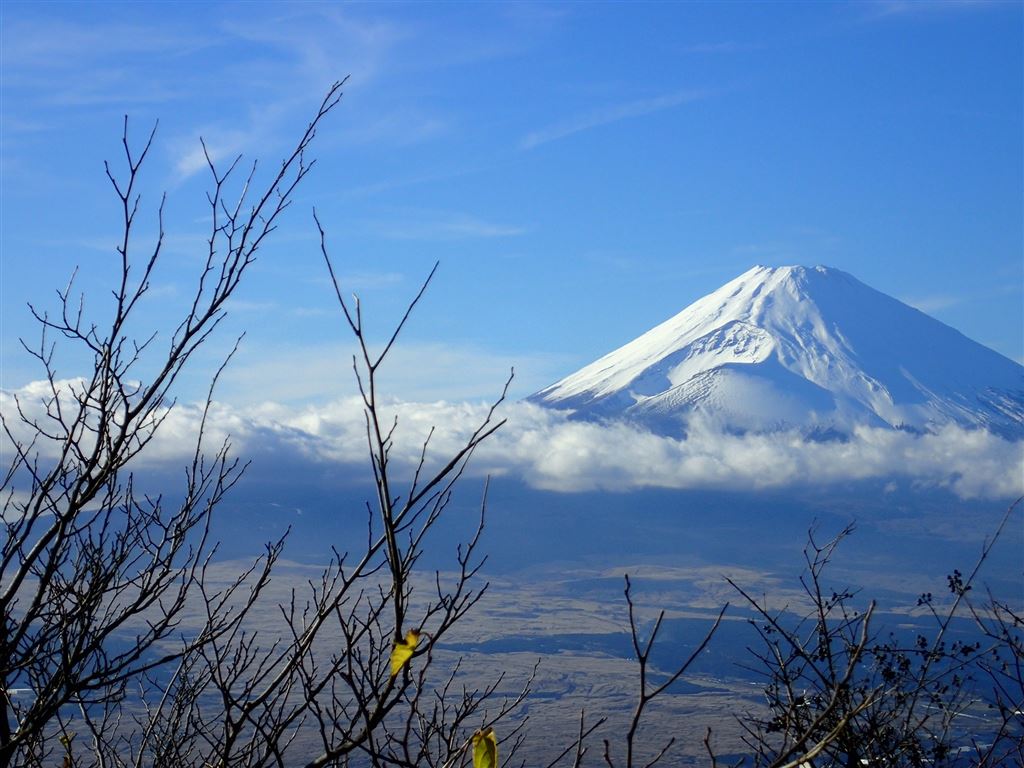| |
Fuji-Hakone-Izu National Park is one of Japan's national treasures. It is divided into four general areas that include Mt. Fuji area, Hakone area, Izu Peninsula, and Izu Islands. Instead of being in one place, the park's points of interest are dispersed throughout the region. In these areas are mountains, hot springs, islands, and coastlines that make the park a wonderful place for hiking and viewing Japan's natural beauty.

The Mt. Fuji area contains Japan's highest (and most famous) mountain: Mt. Fuji. The summit views are nothing short of magnificent; there are four trails that lead to the top. At the summit, the Fuji-san Honmiya Sengen Taisha Shrine holds a little post office where you can send mail with a Mt. Fuji stamp. A chalet awaits those who choose to stay at the mountain top for the night.
Other beautiful places in the Mt. Fuji vicinity include Shiraito Falls, the Aokigahara (a forest at the northwest base of Mt. Fuji), Lake Tanuki, and the Fuji Five Lakes. You have a very good view of Mt. Fuji from Lake Tanuki. The Fuji Five Lakes are located around the northern half of Mt. Fuji. They are fine spots for fishing. Lake Kawaguchi is the most popular of the lakes. Tour guides offer boat rides, and there are several hotels on its banks.
The Hakone area has been a popular hot spring resort for centuries. It has over a dozen of these calming places. Lake Ashi, a crater lake, rests in the Hakone area. There are multiple hot springs and trails that make for a pleasant visit. The Hakone Shrine that lies on the edge of the lake has had many important guests over the years, including shogun and samurai. Botany enthusiasts will find the Hakone Botanical Gardens of Wetlands a delightful place as it cultivates over 1,700 plant species that are native to Japan. If you're in the mood for western flair, stroll in Gora Park, which showcases mostly French styled landscapes.
The last two regions in the Fuji-Hakone-Izu National Park are the Izu Peninsula and Izu Islands. In addition to the Hakone area, the Izu Peninsula is also known for being a hot spring resort. Coastlines and beaches line the peninsula. Visitors love to snorkel, fish, and surf around the Izu Islands. More walking and hiking abounds on the beaches and mostly inactive volcanoes on the islands.
Considering the great diversity in things to do and close proximity to Tokyo, it is no wonder that the Fuji-Hakone-Izu National Park is the number one most visited park in Japan. It is the perfect place to experience the culture and flora and fauna of Japan.
Copyright © TravelDailyLife.com
|